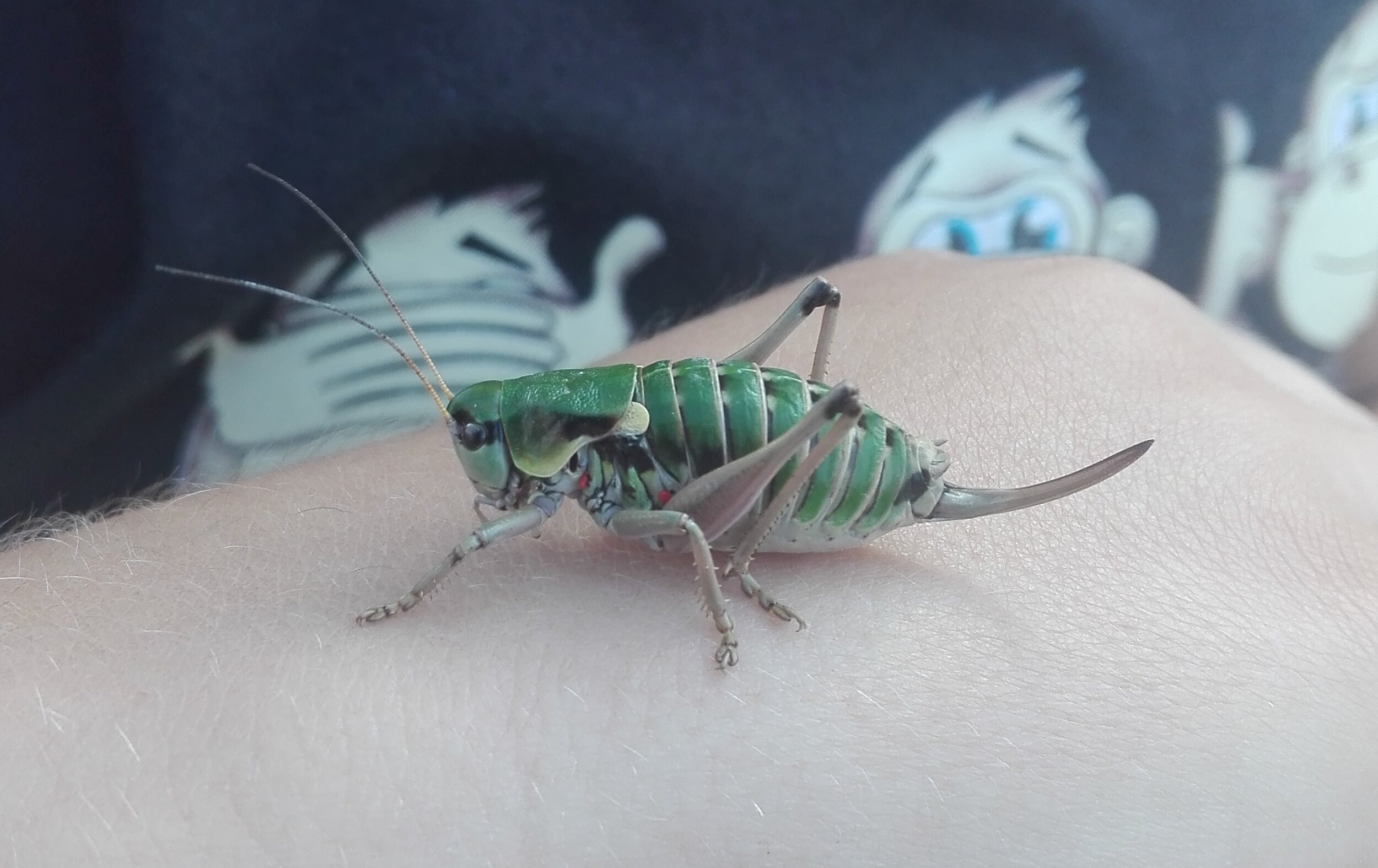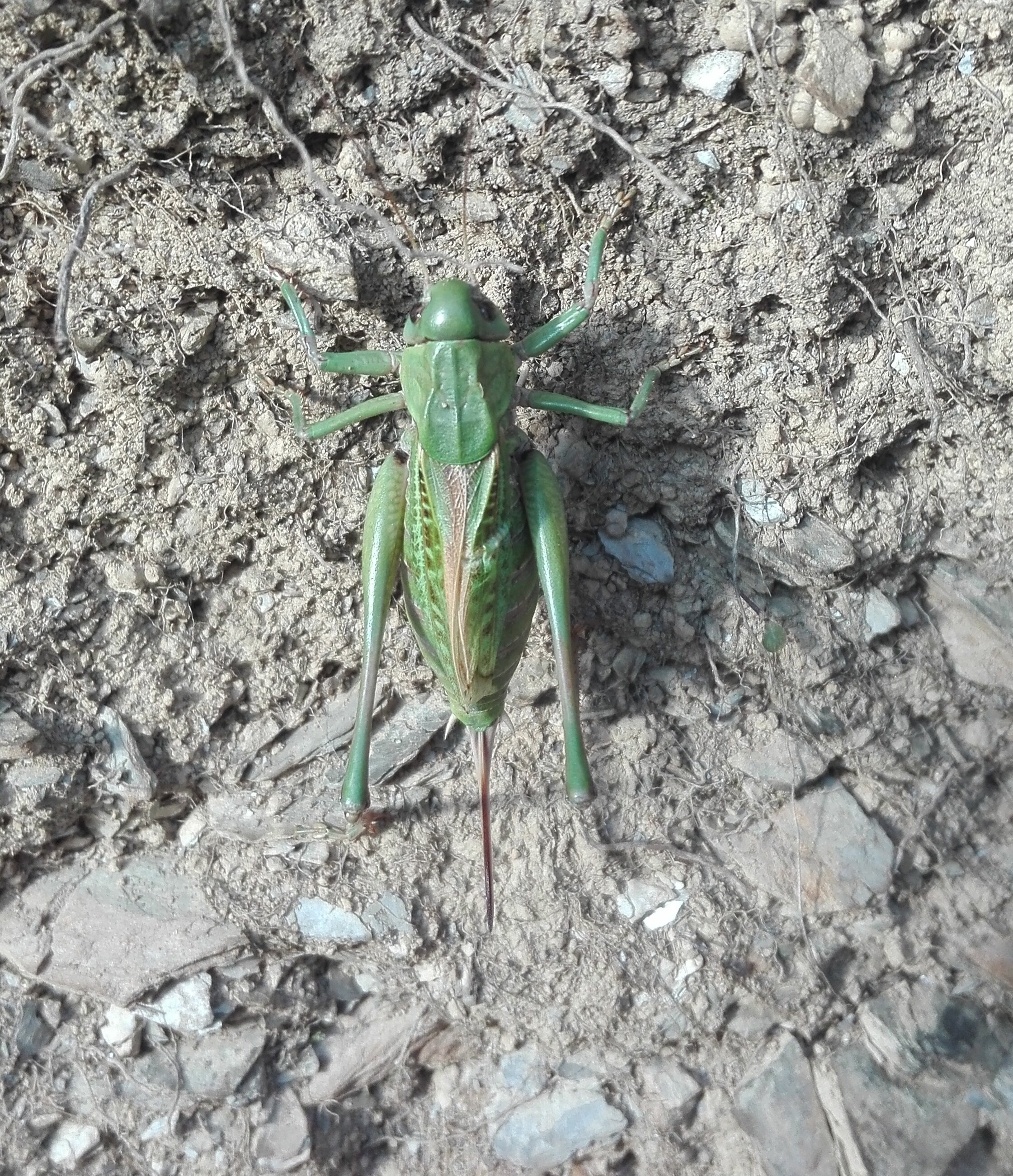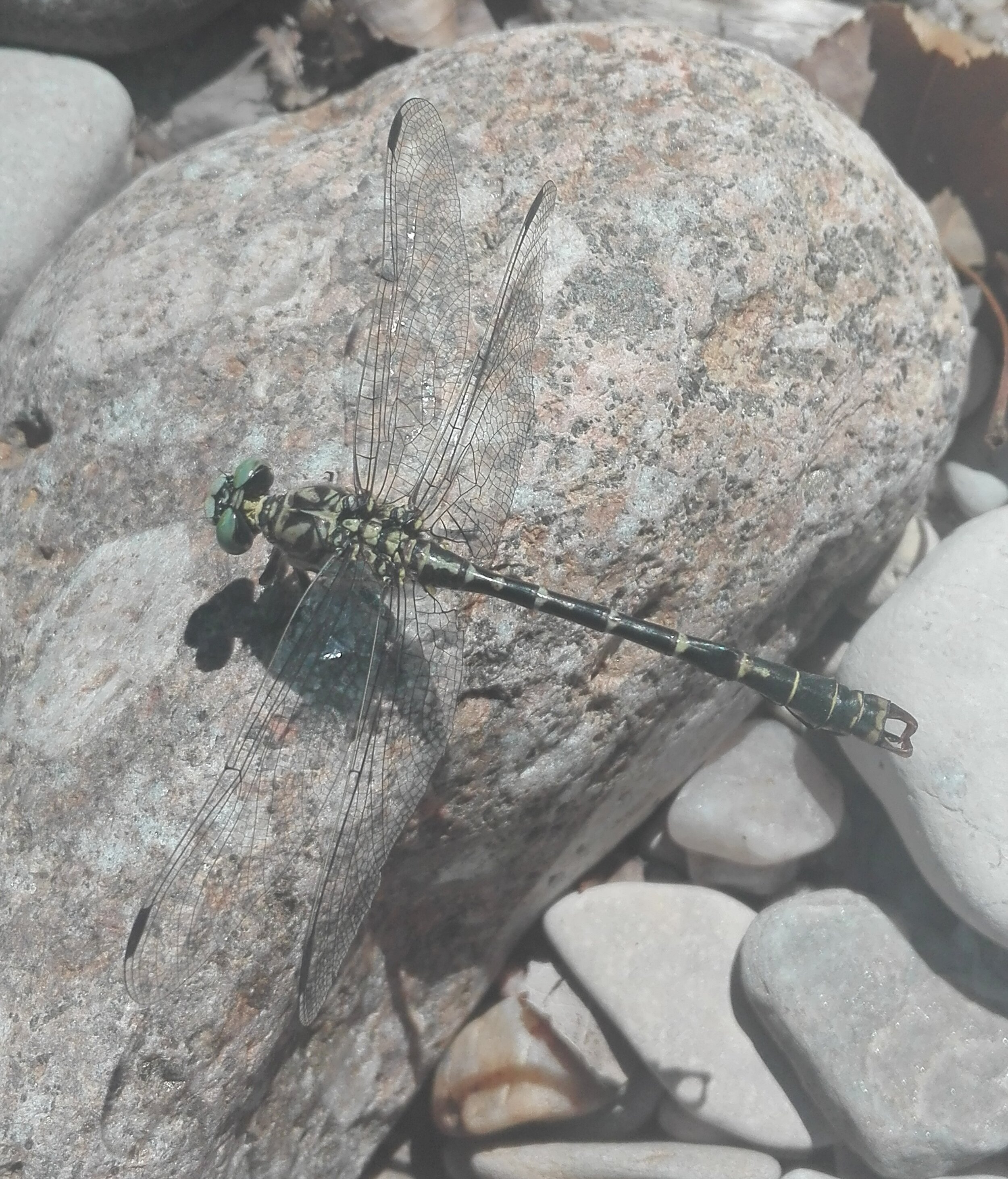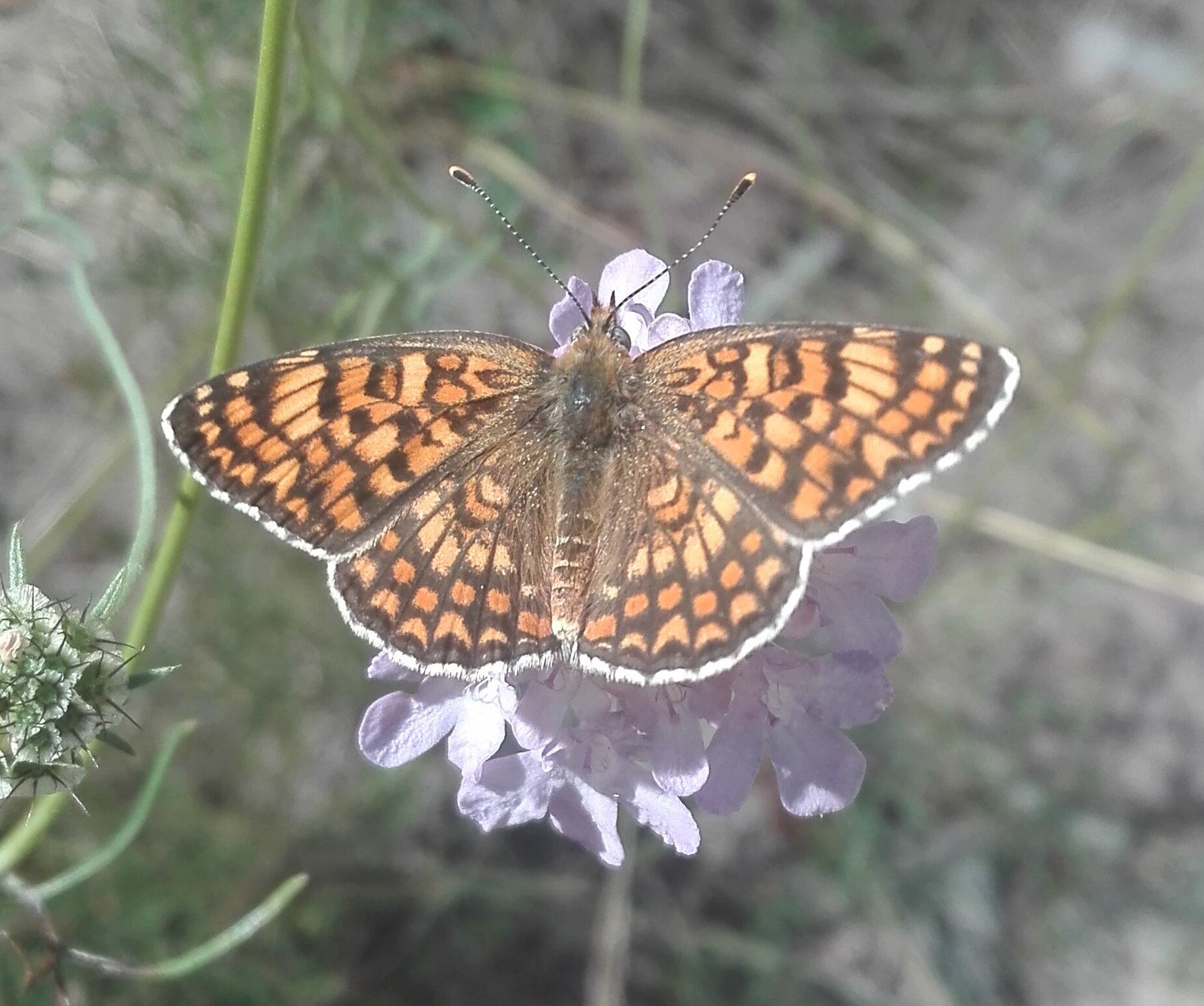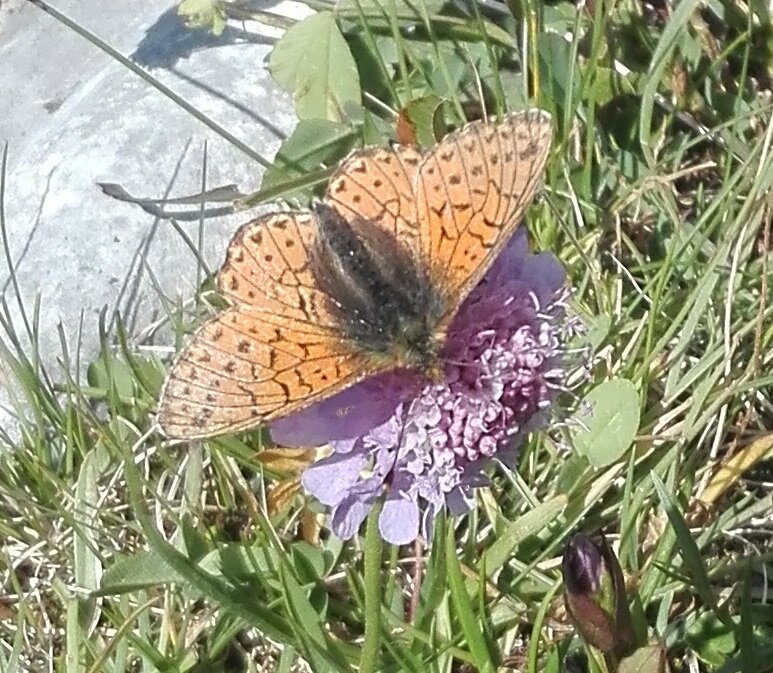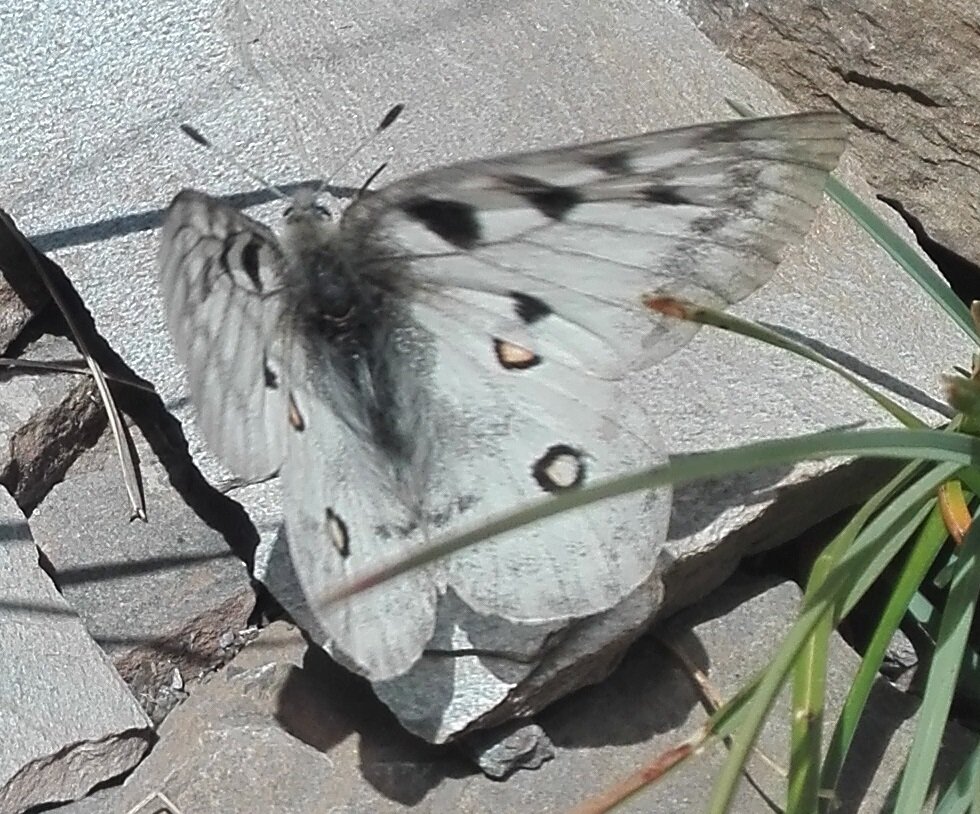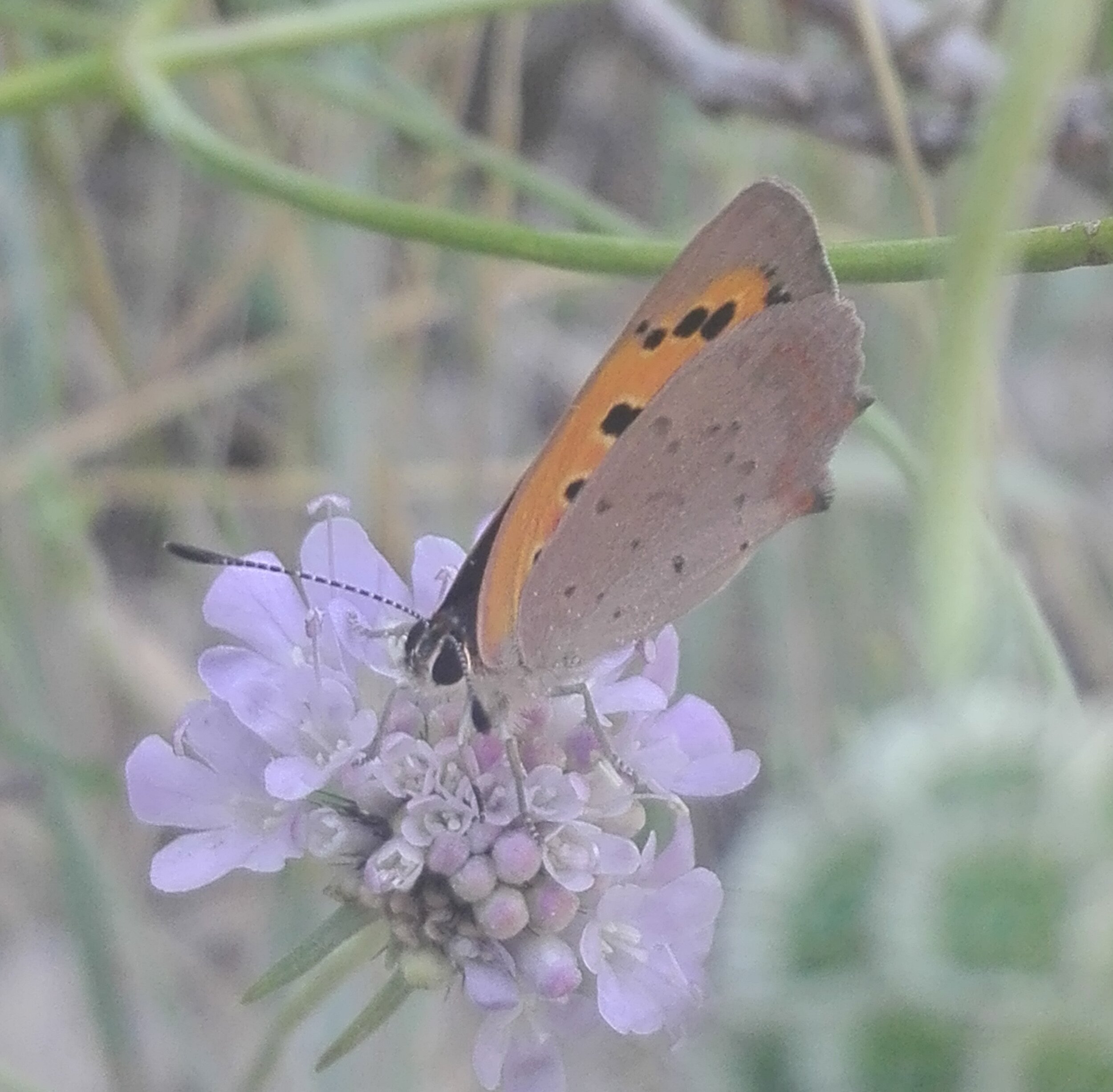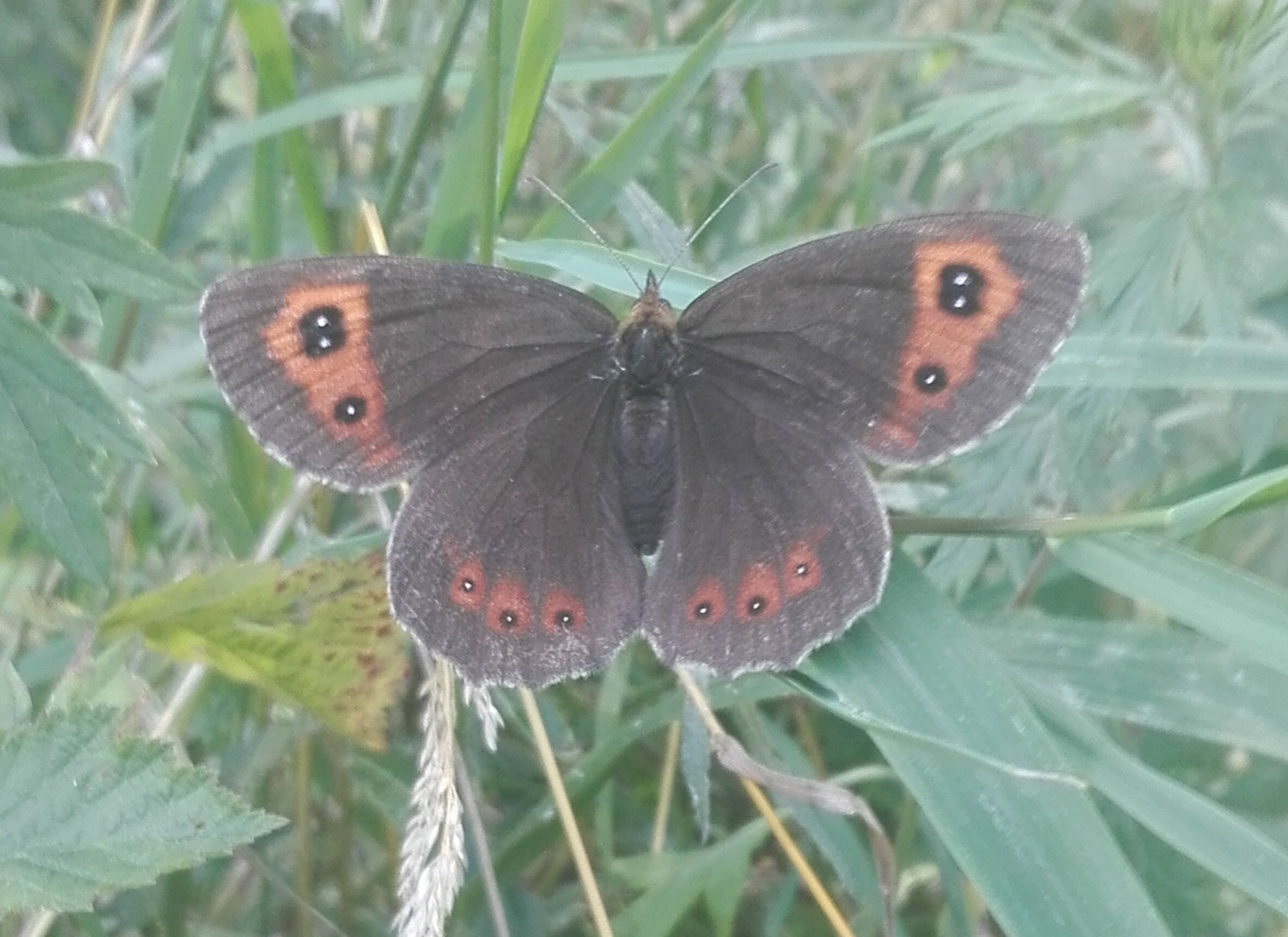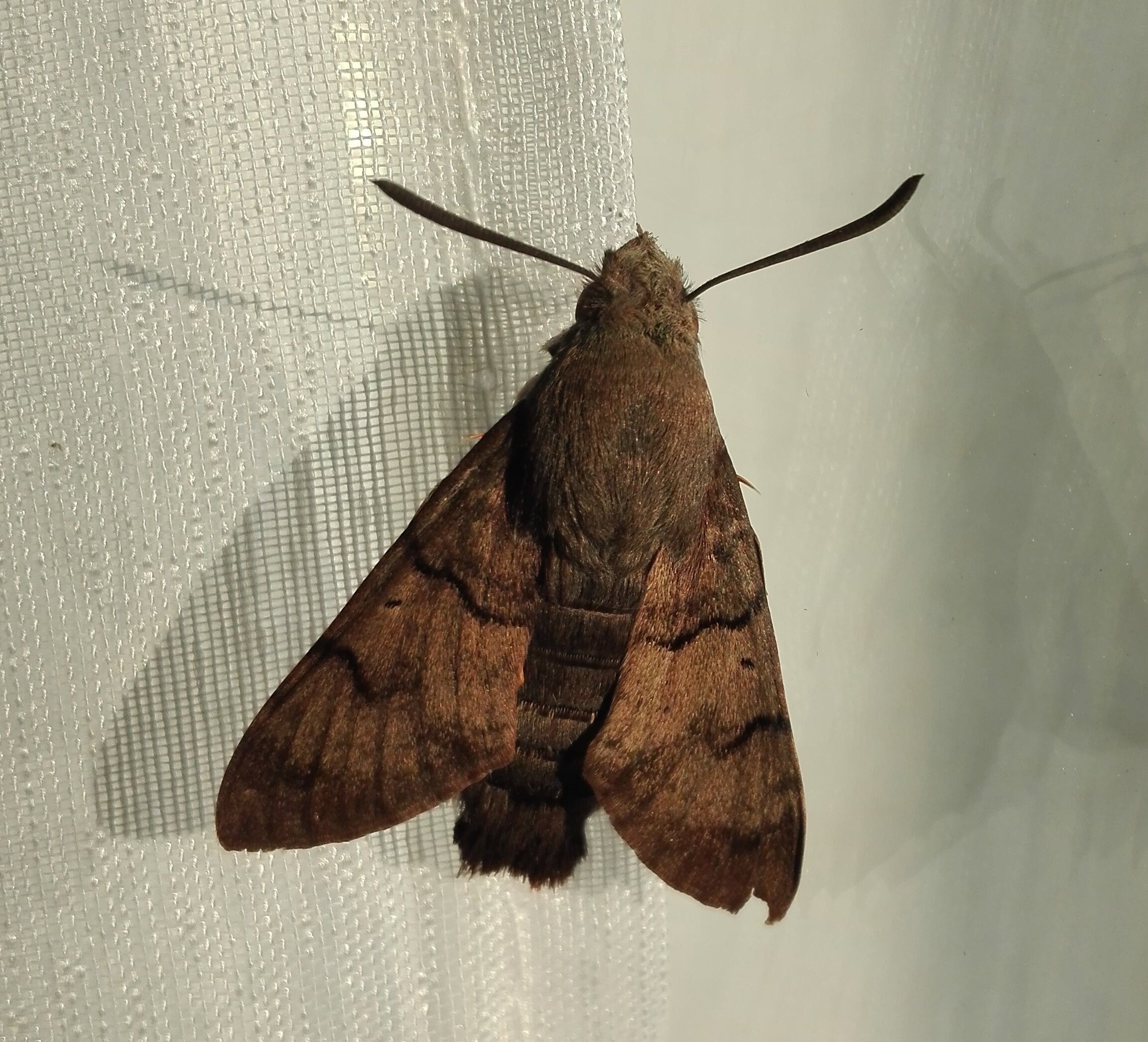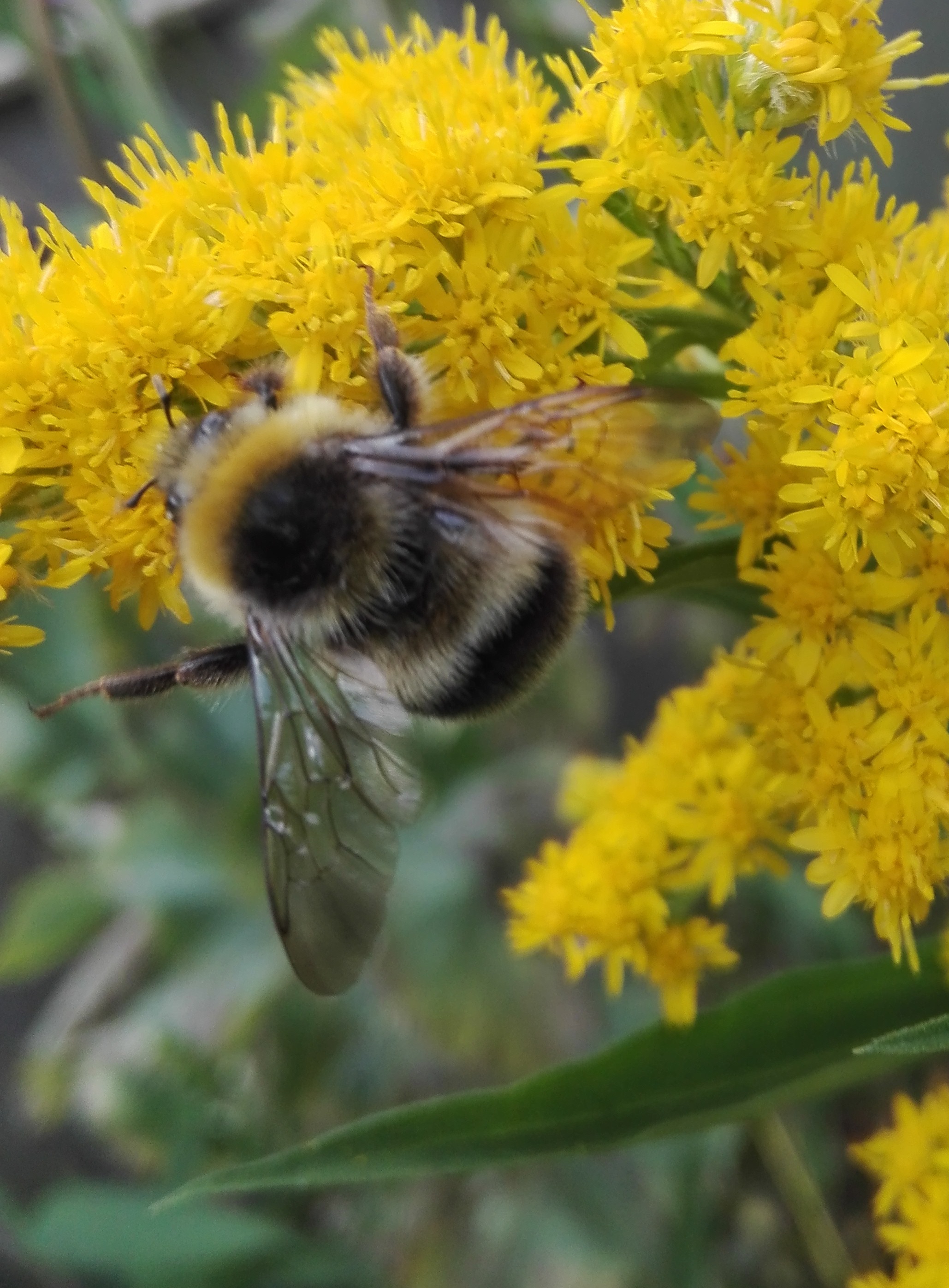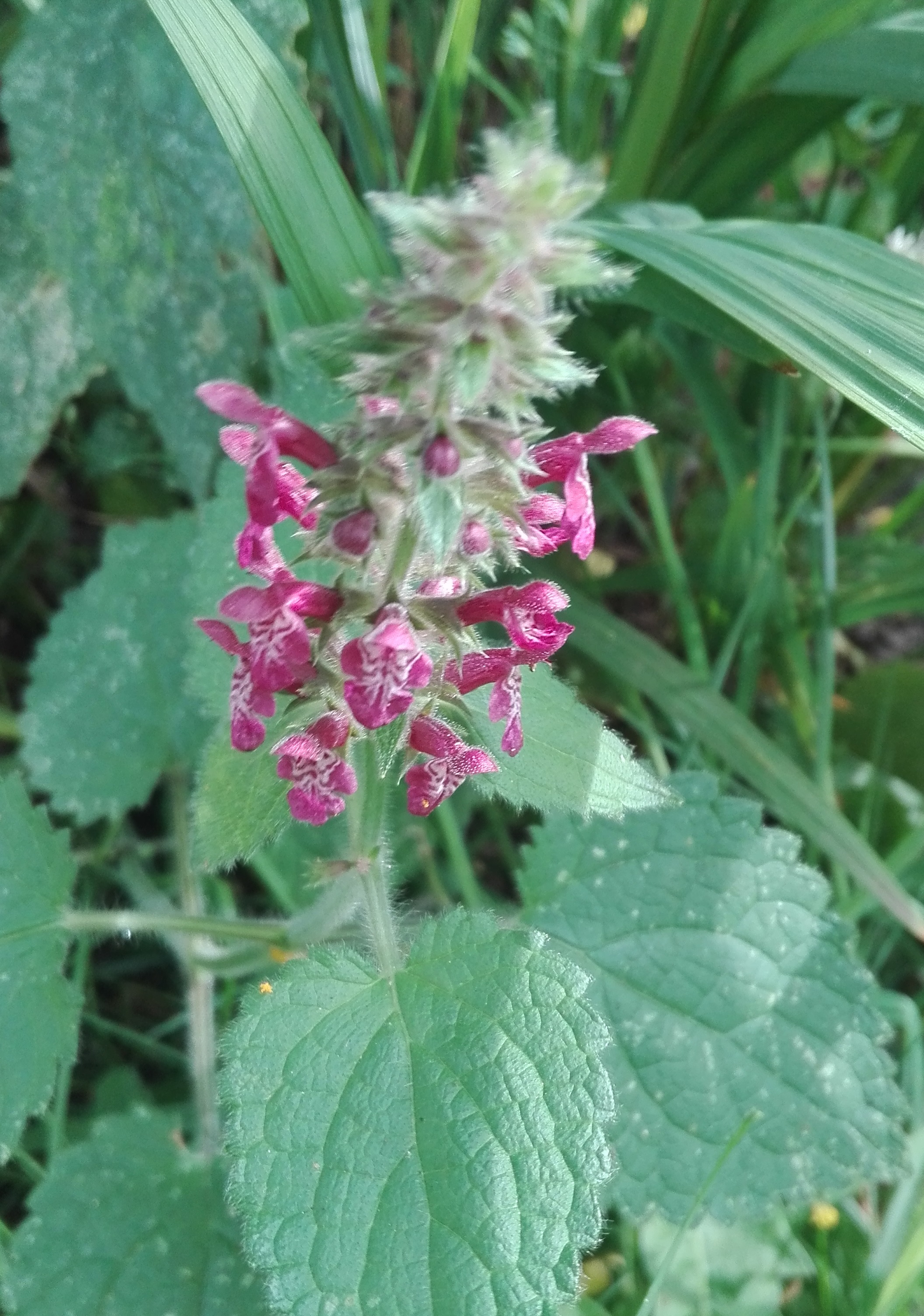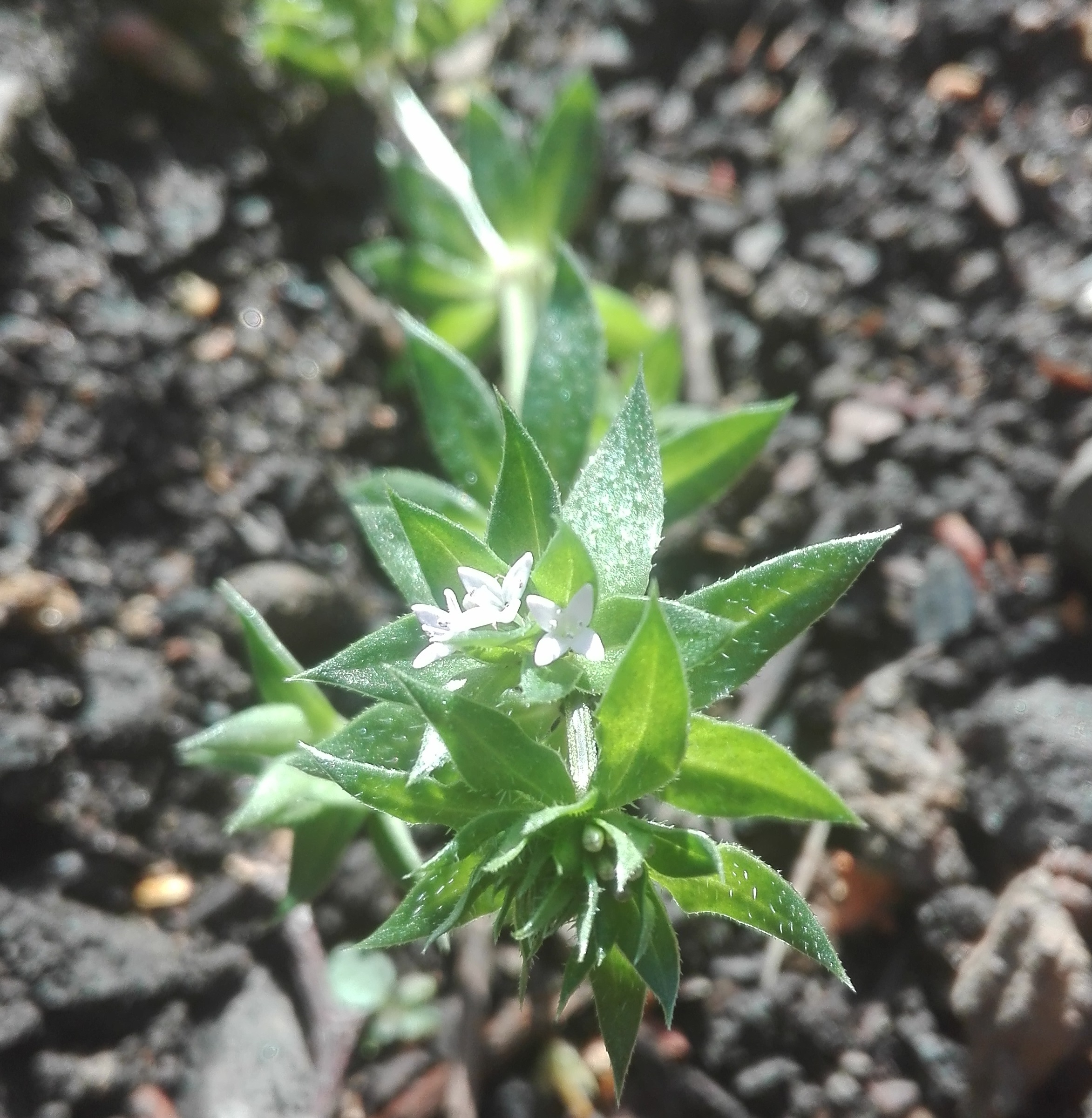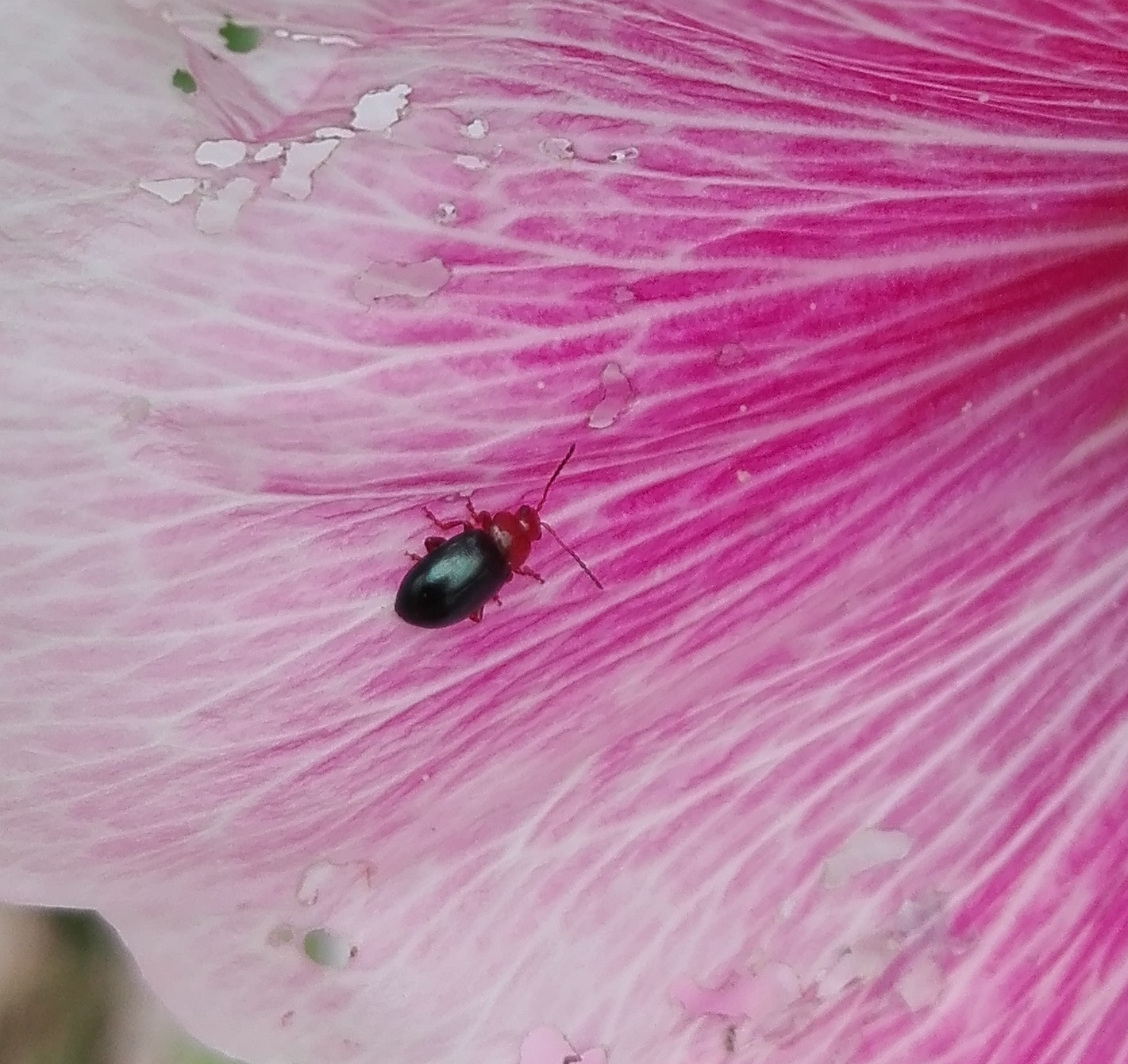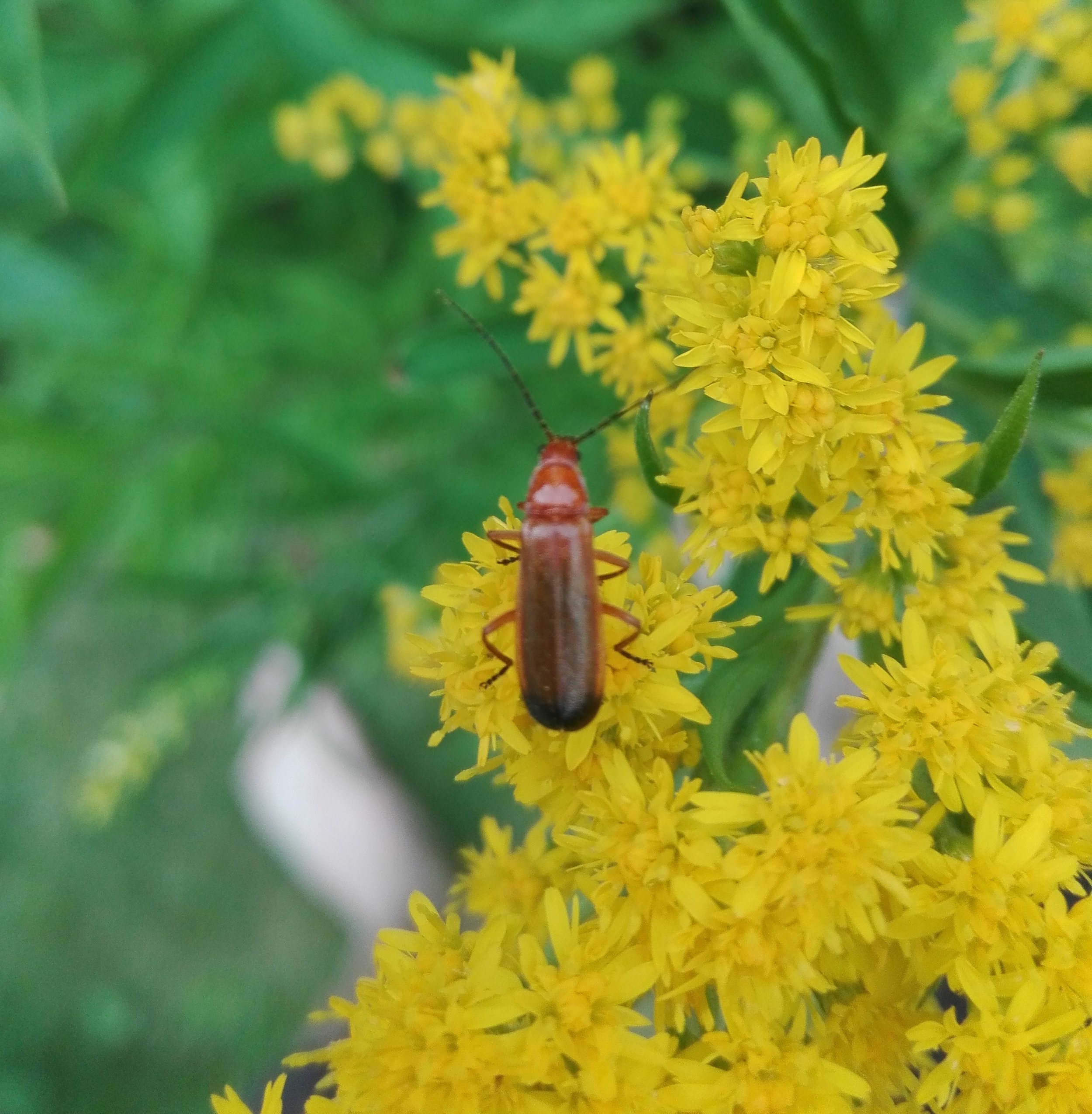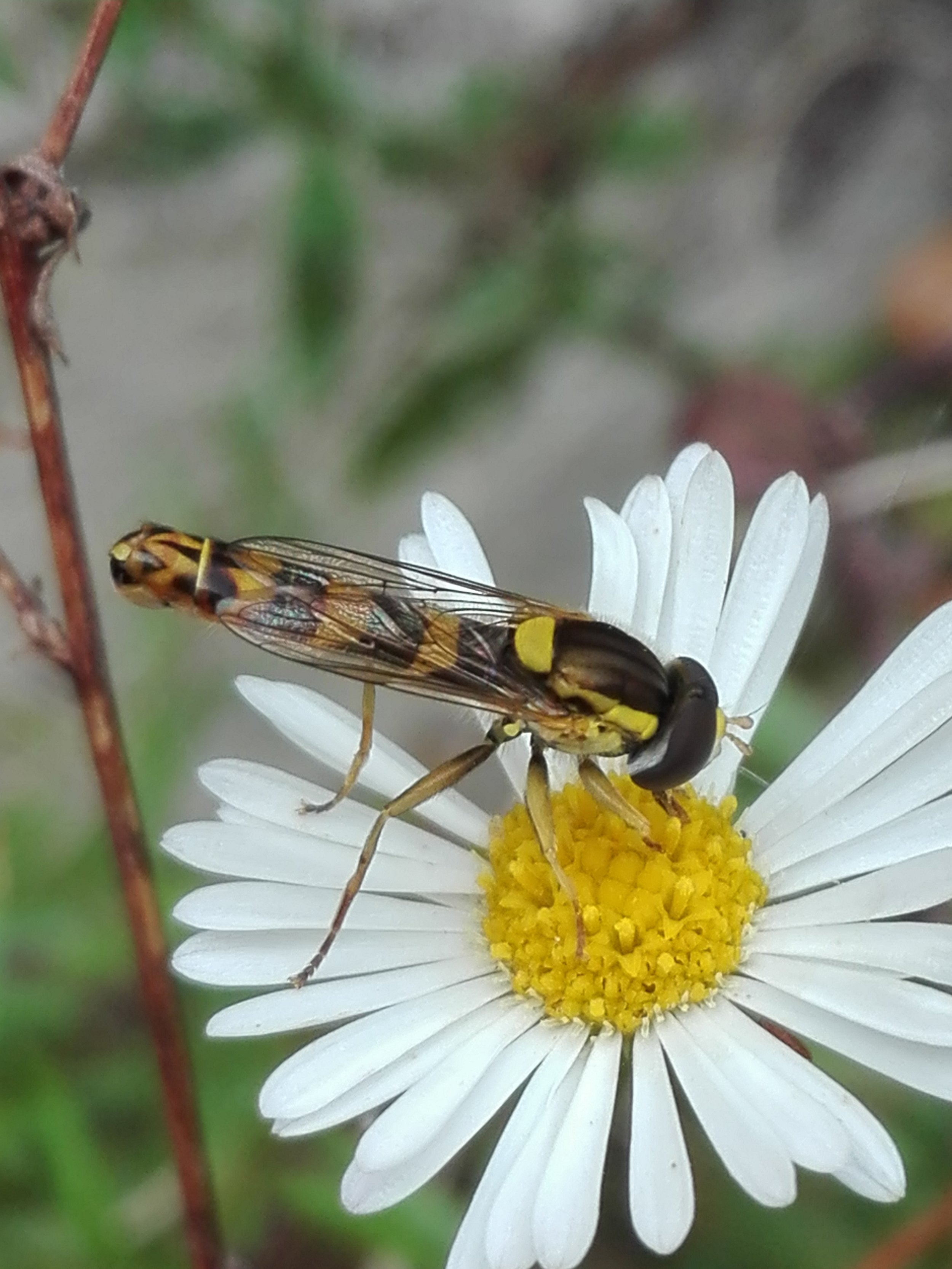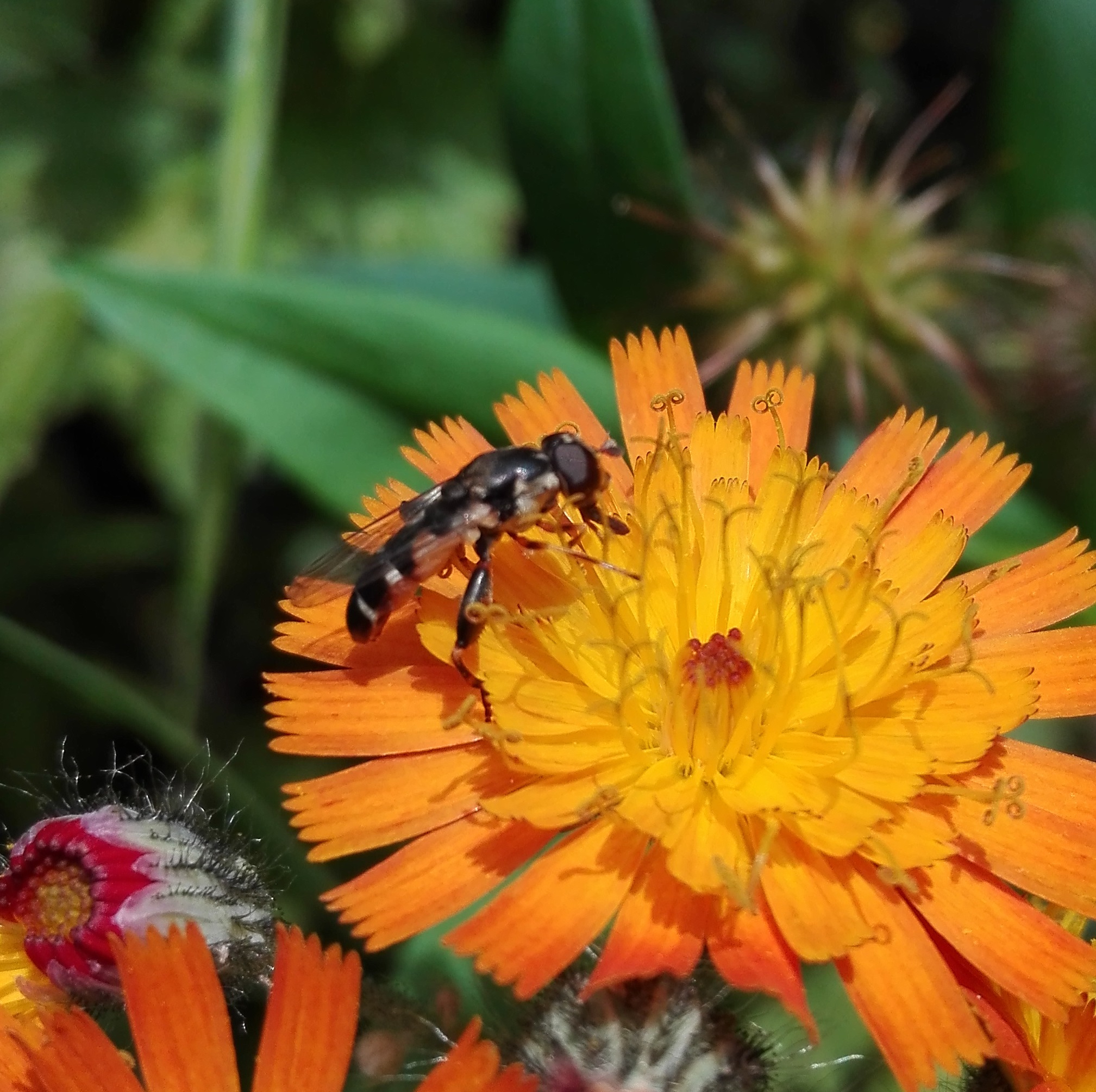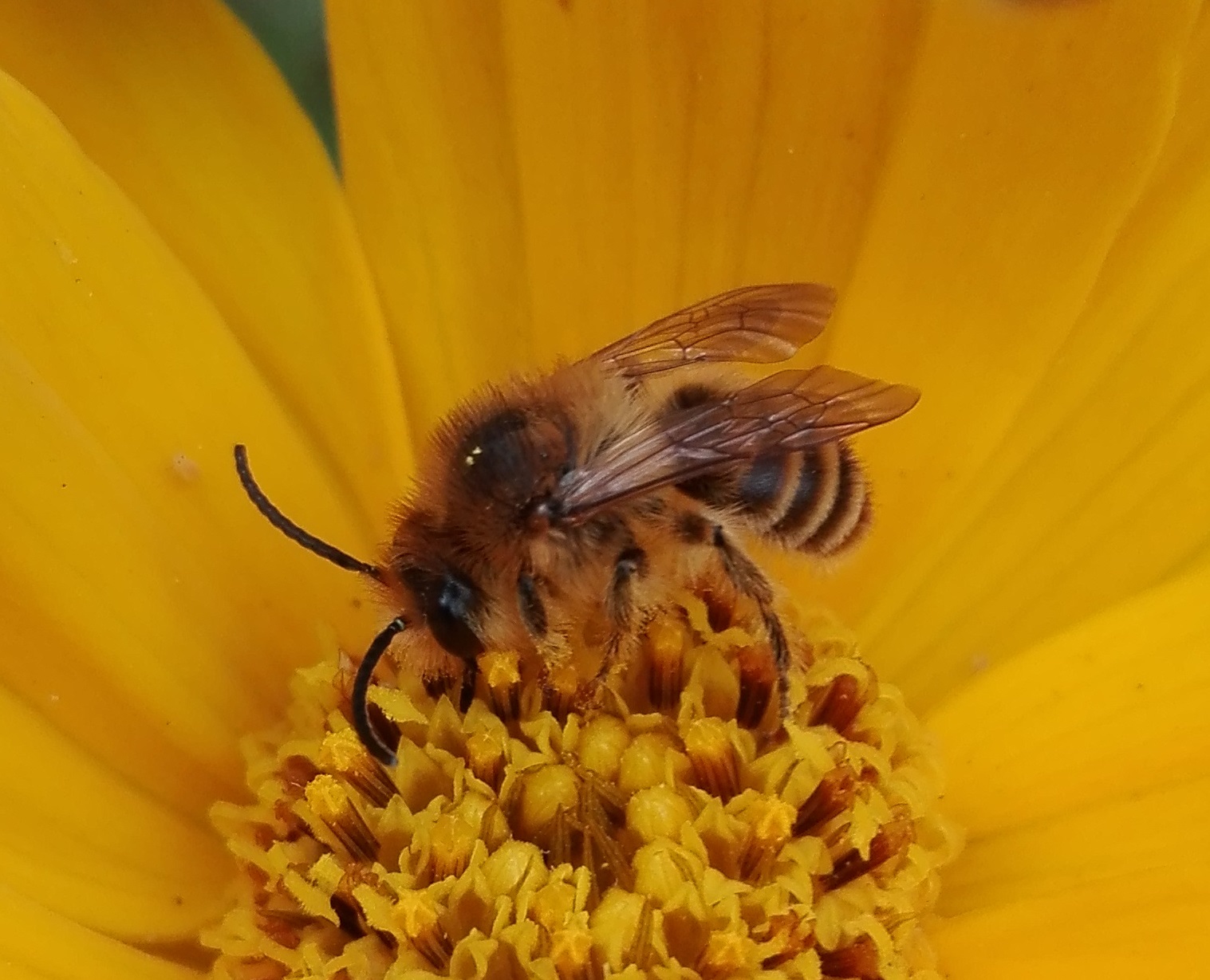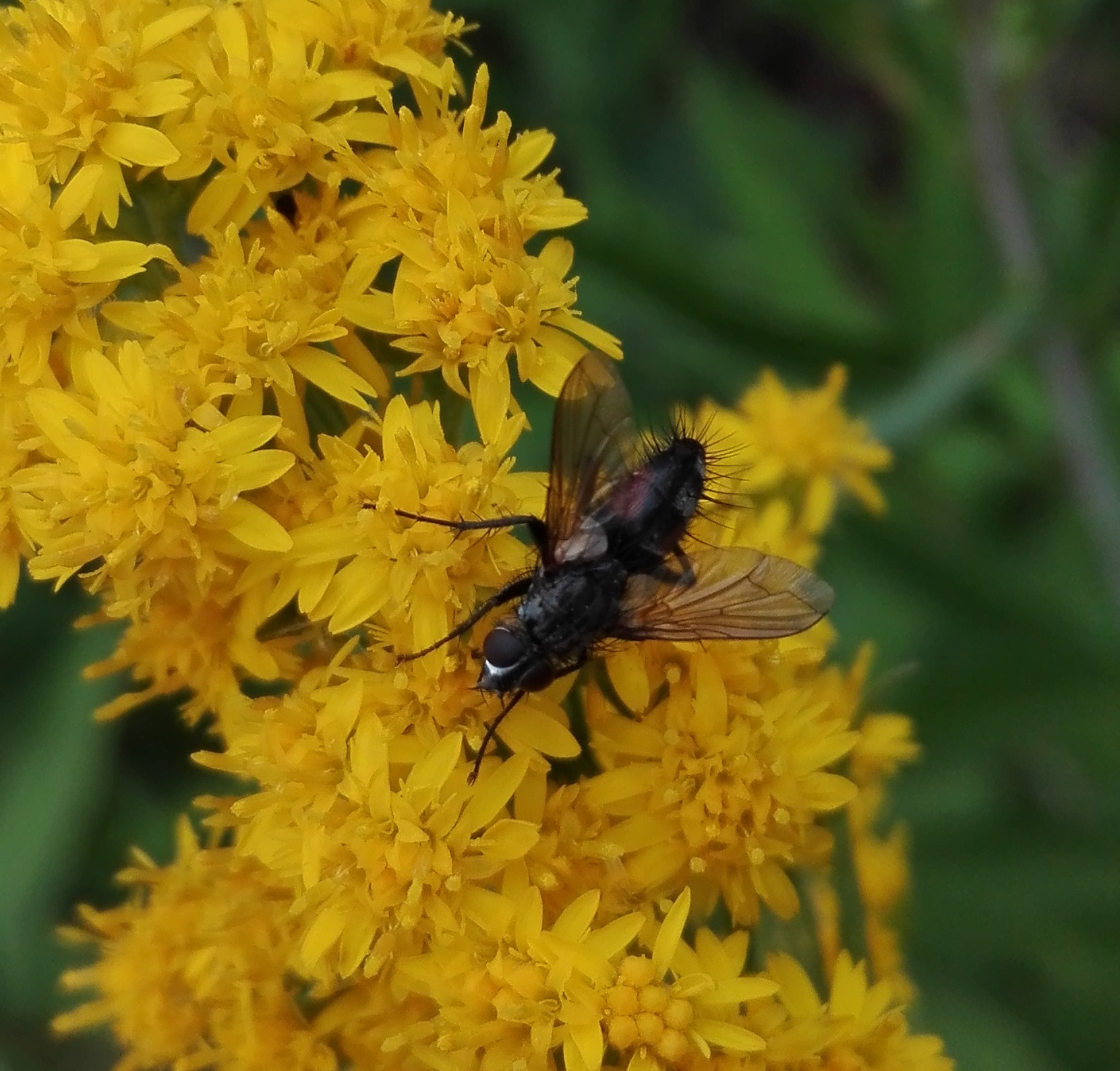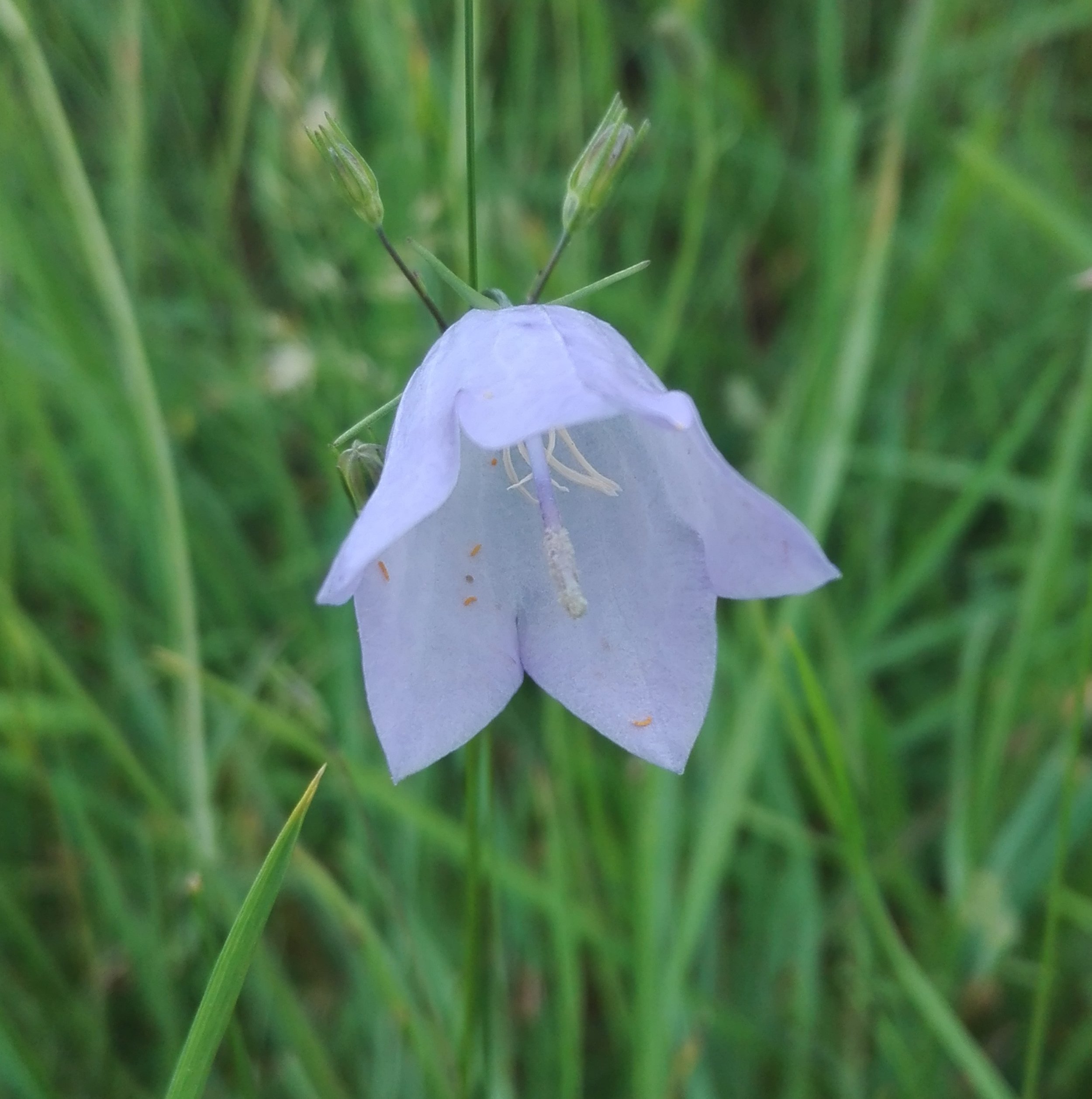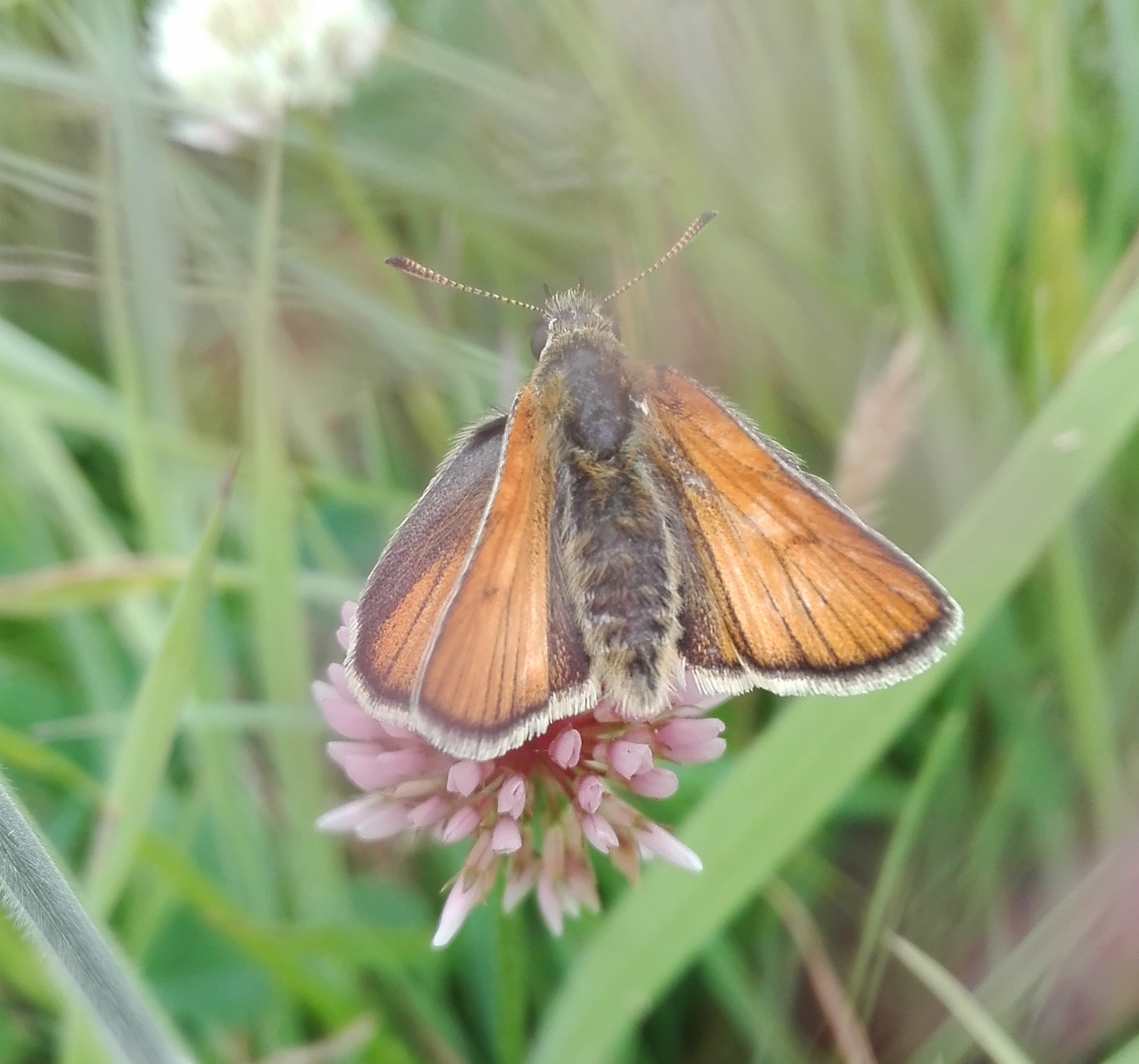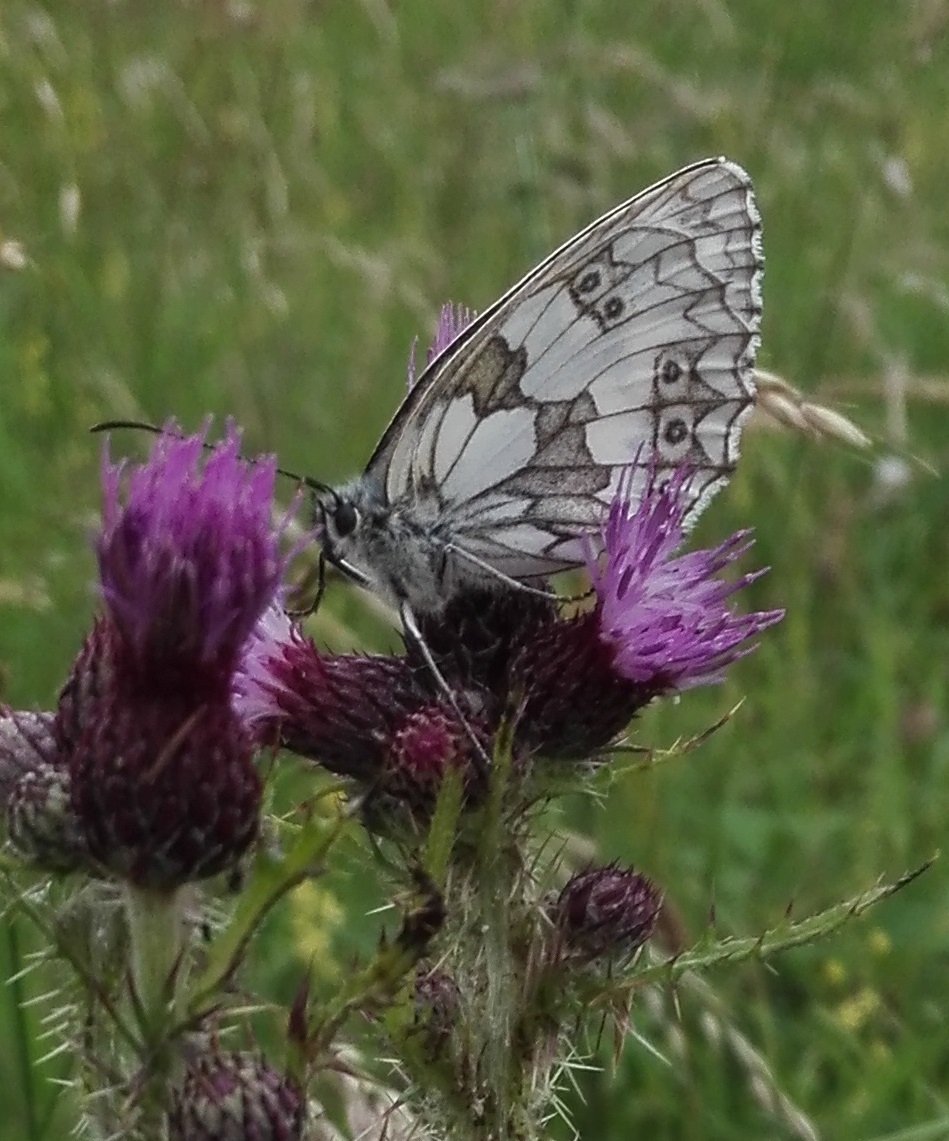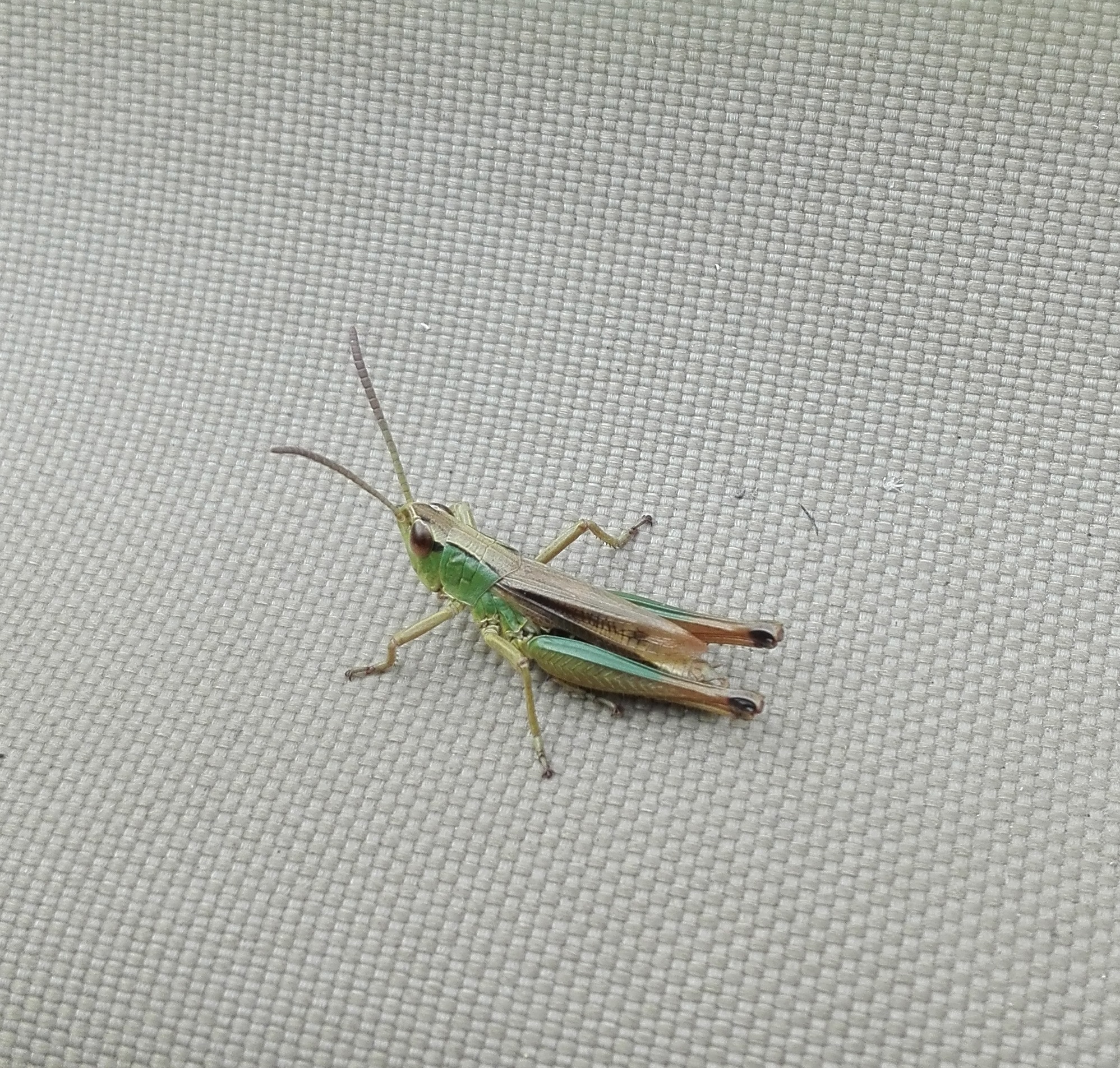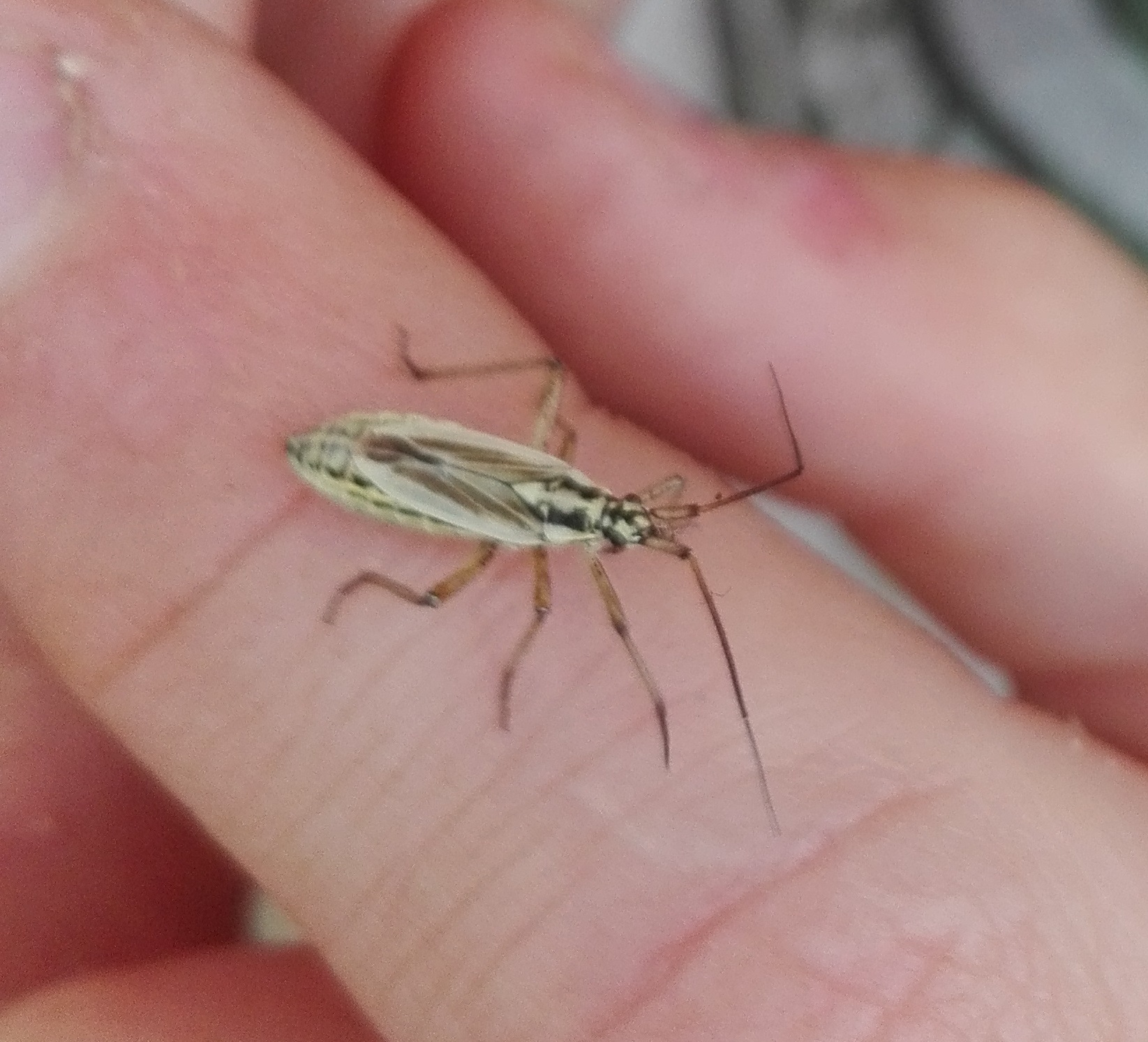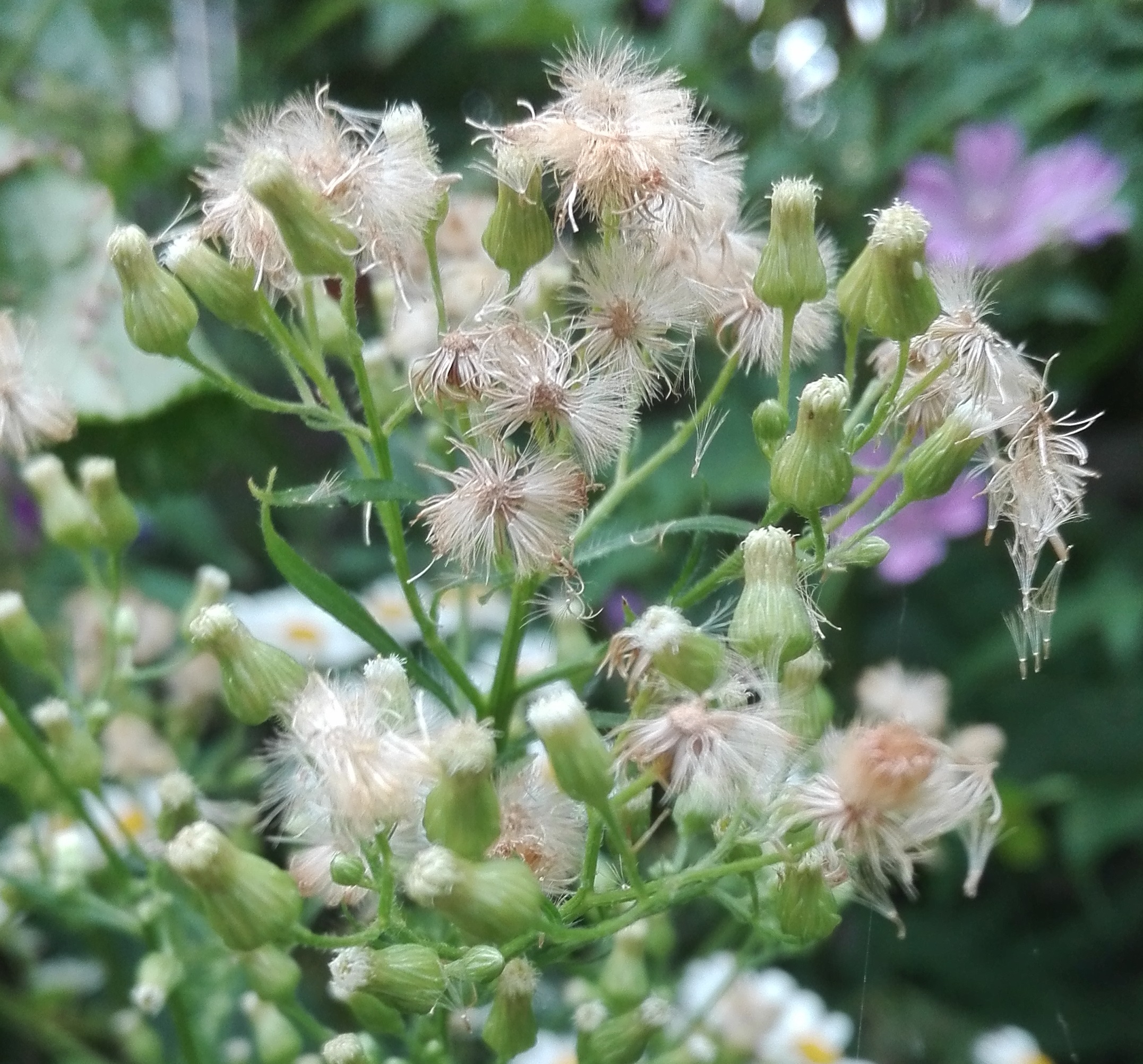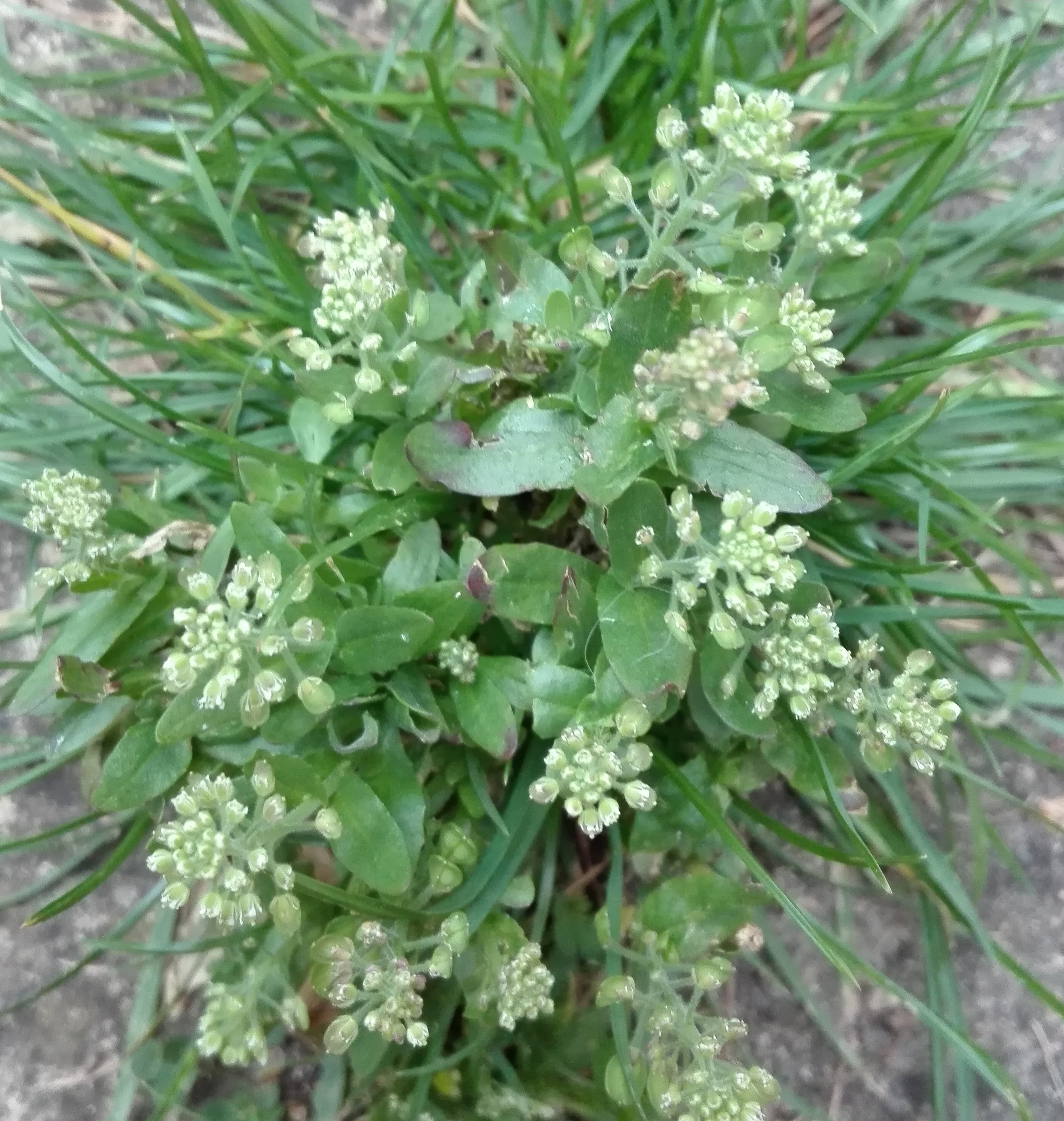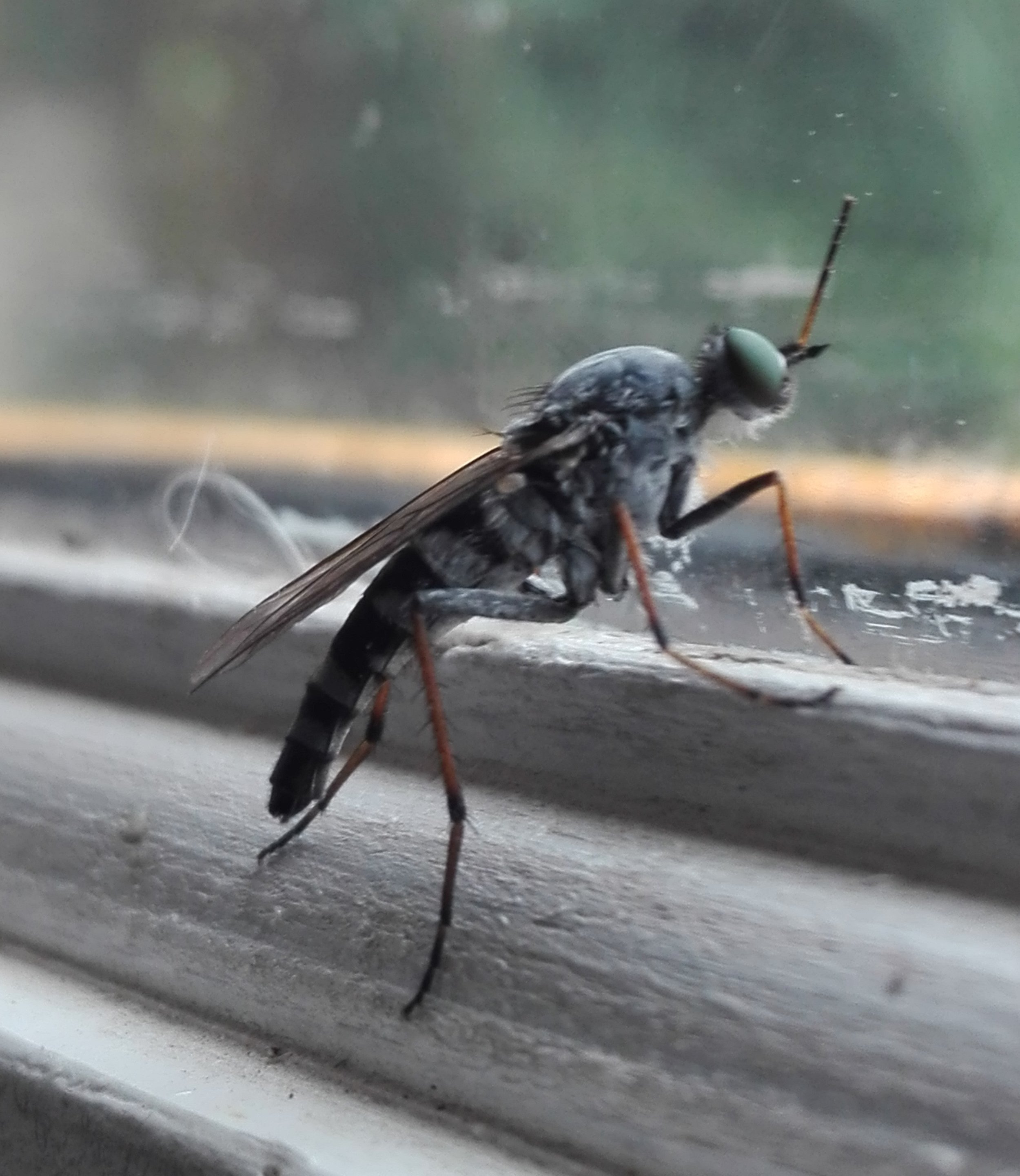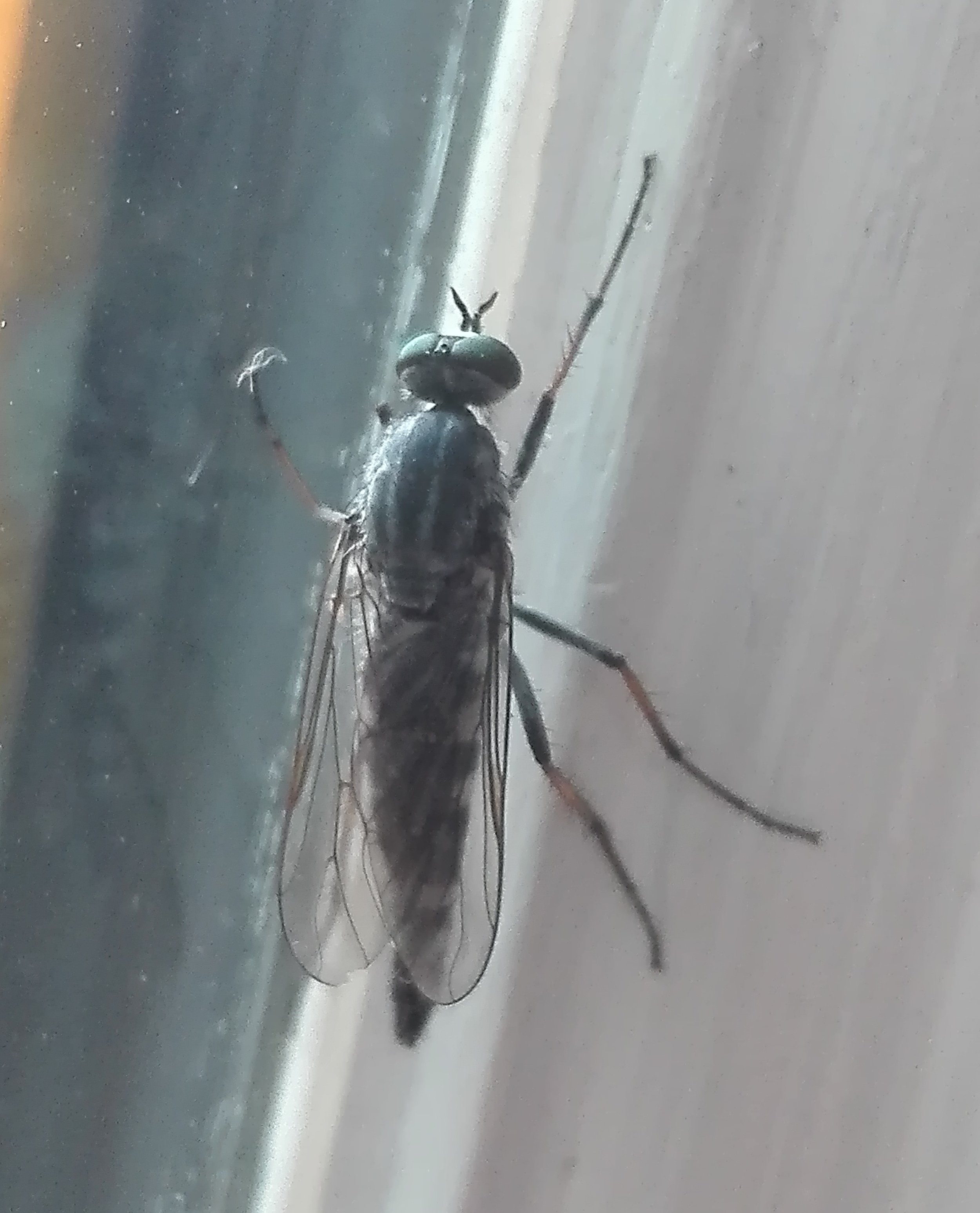Fantastic Bugs
/More photos from our French trip. It’s always amazes me to see the number of grasshoppers and crickets that you get in the South of France. Here are some really of the larger and more impressive ones I managed to photograph in the French Alps. There’s a lot of species and I didn’t identify them all yet, but they are all beautiful - especially the Small Alpine Bush Cricket on the left.
This beautifully marked Wasp Spider is also amazing; apparently you do get them in the South of England, but I’ve never seen one in UK myself. The dragonfly is a Continental species as well - a Small Pincertail - not sure what the pincers on the tail are for, but this one was easy to photograph sunning itself by the riverside. Finally, with its iridescent blue wings, a not-very-healthy-looking Carpenter Bee found in the Cevennes. These exotic looking solitary bees, one of two similar-looking species found in France, make their nest cavities by boring into dead wood,

